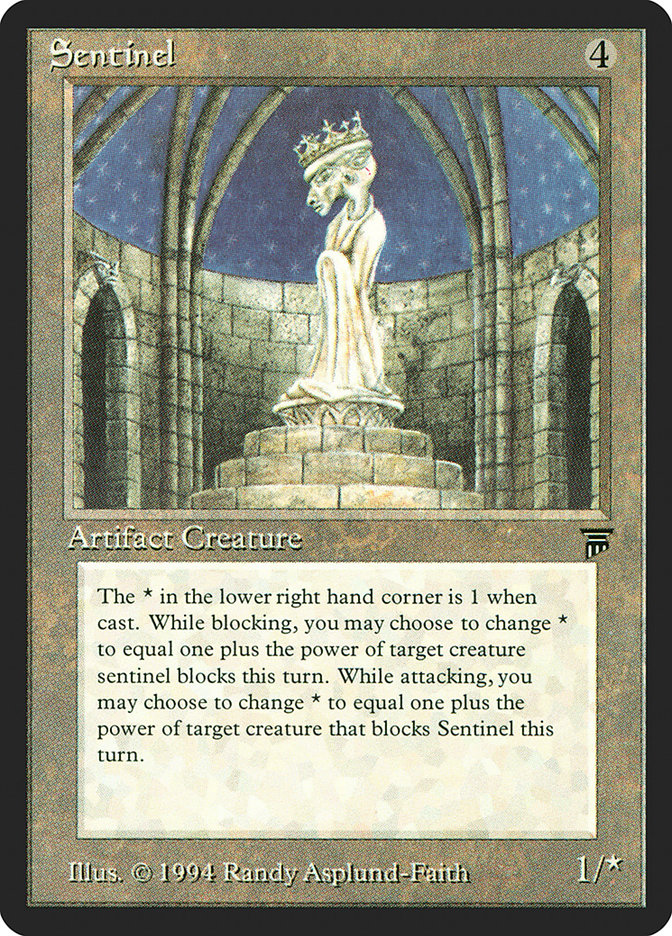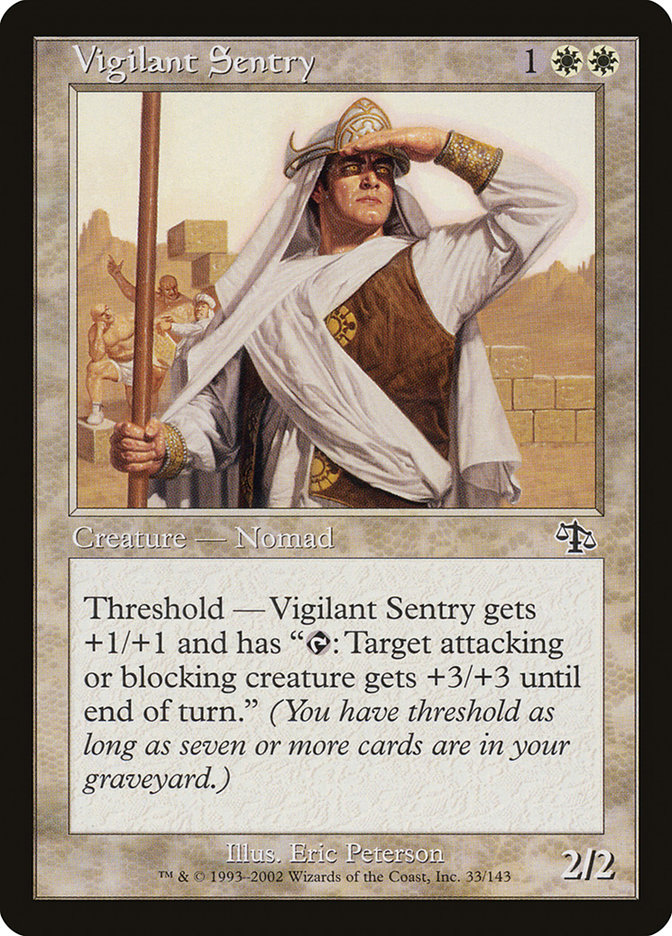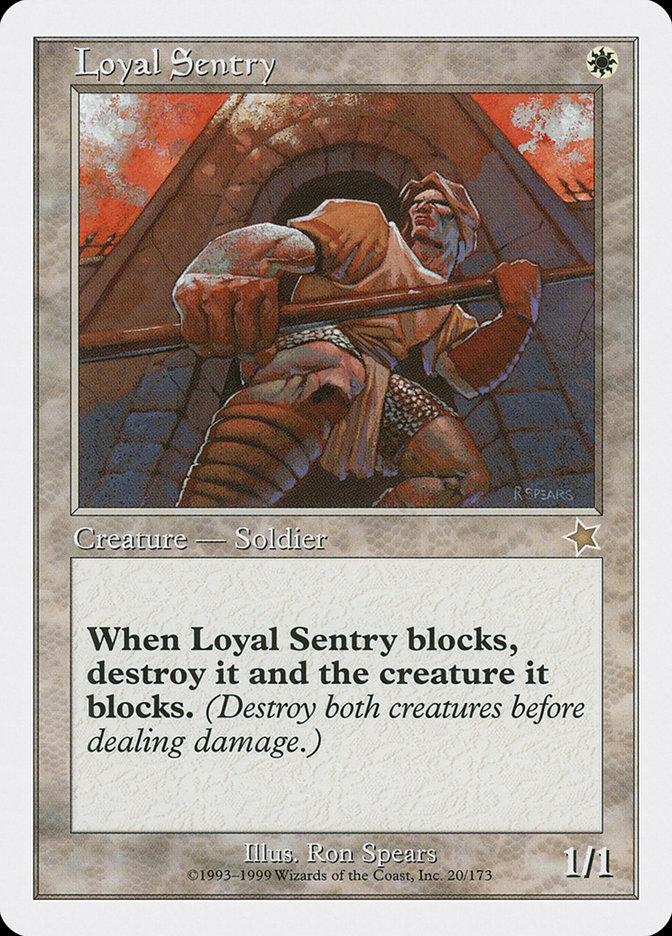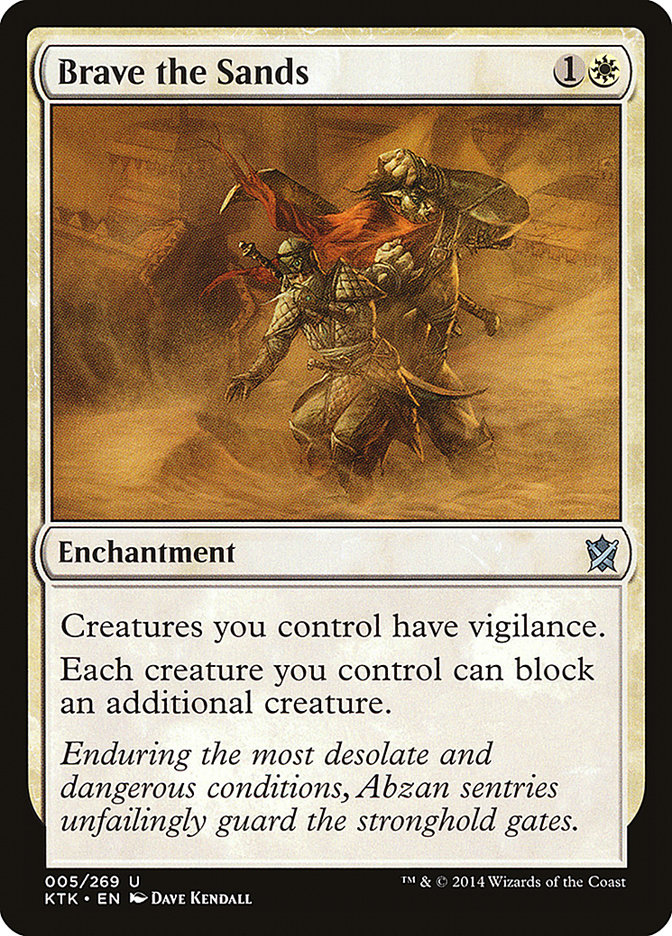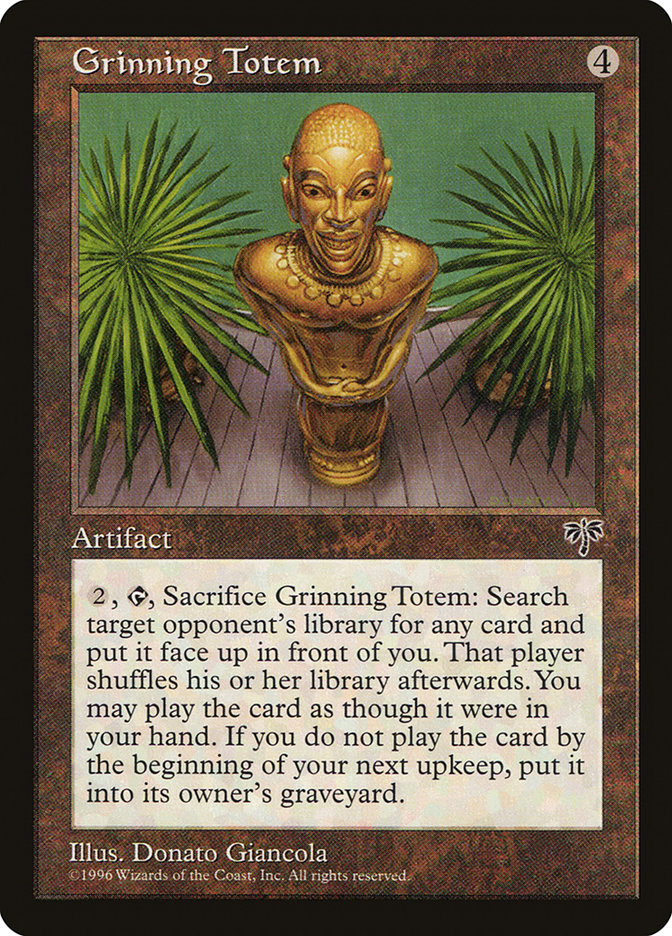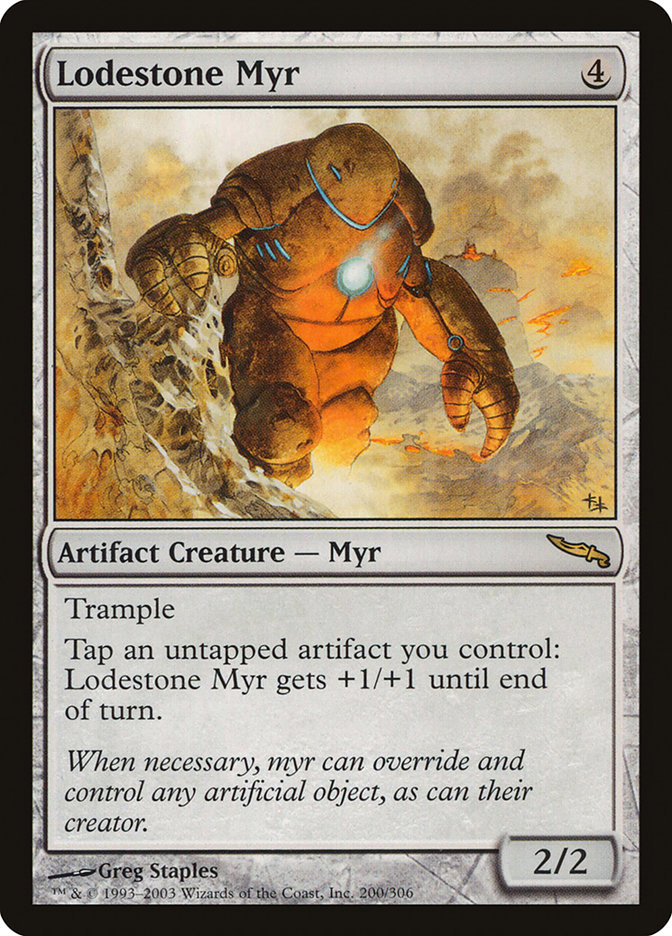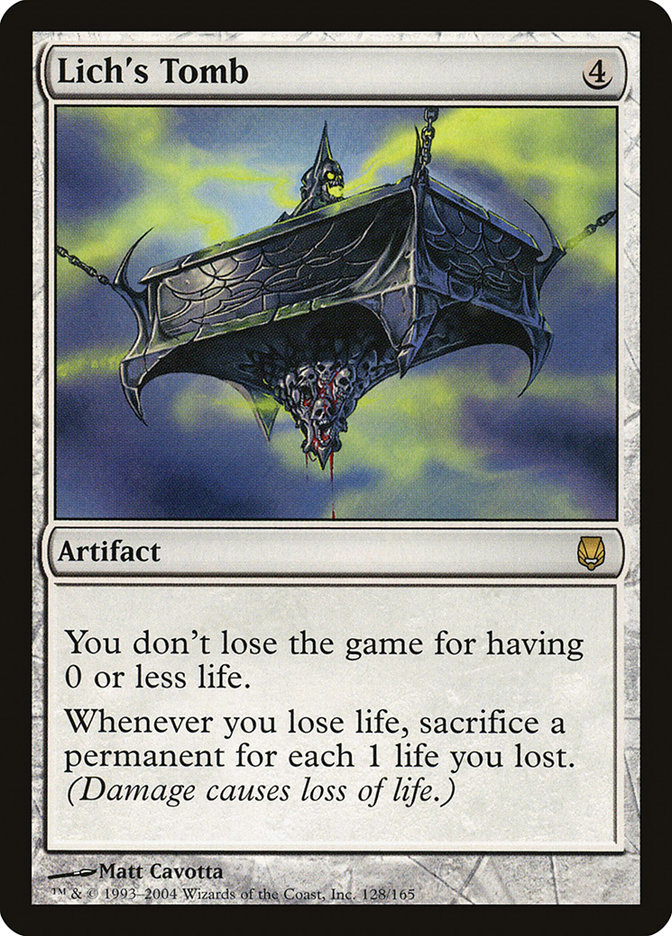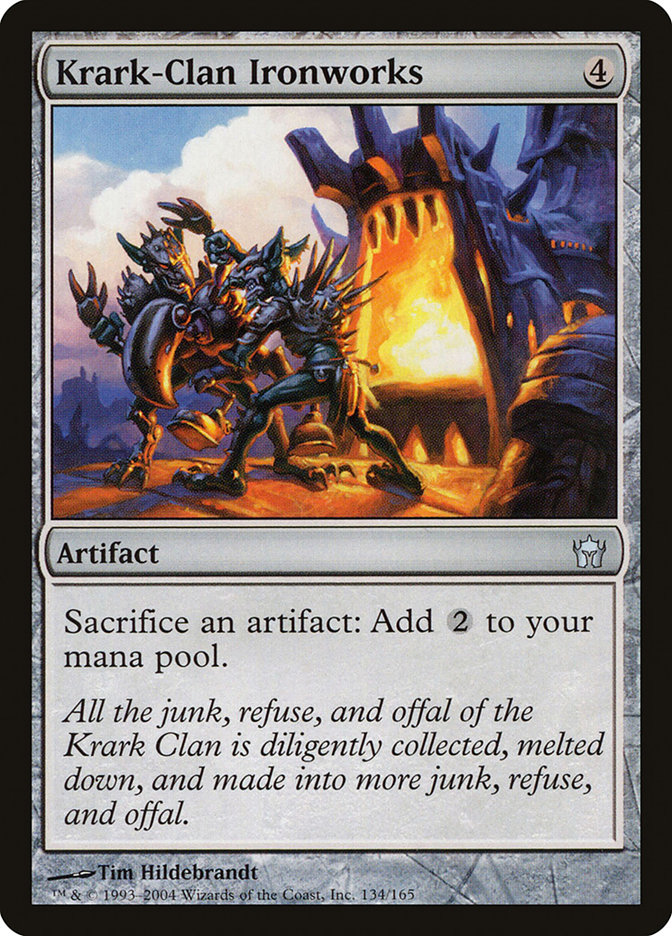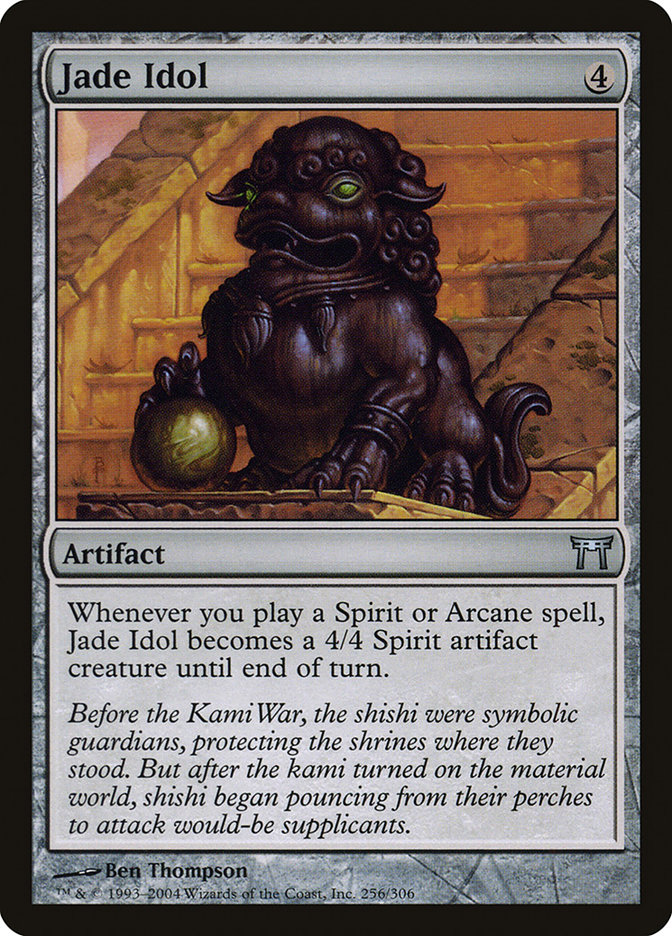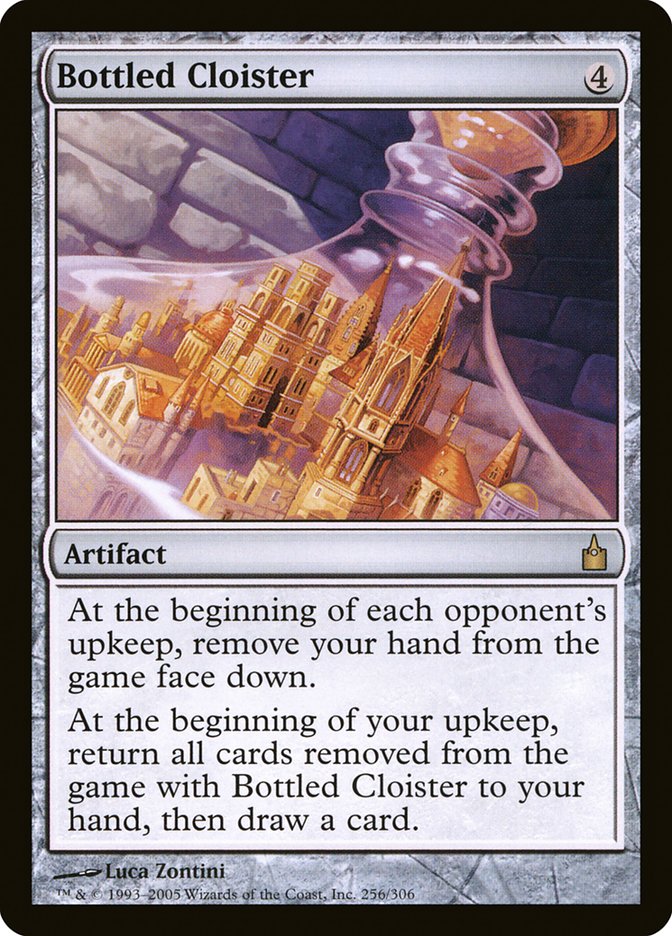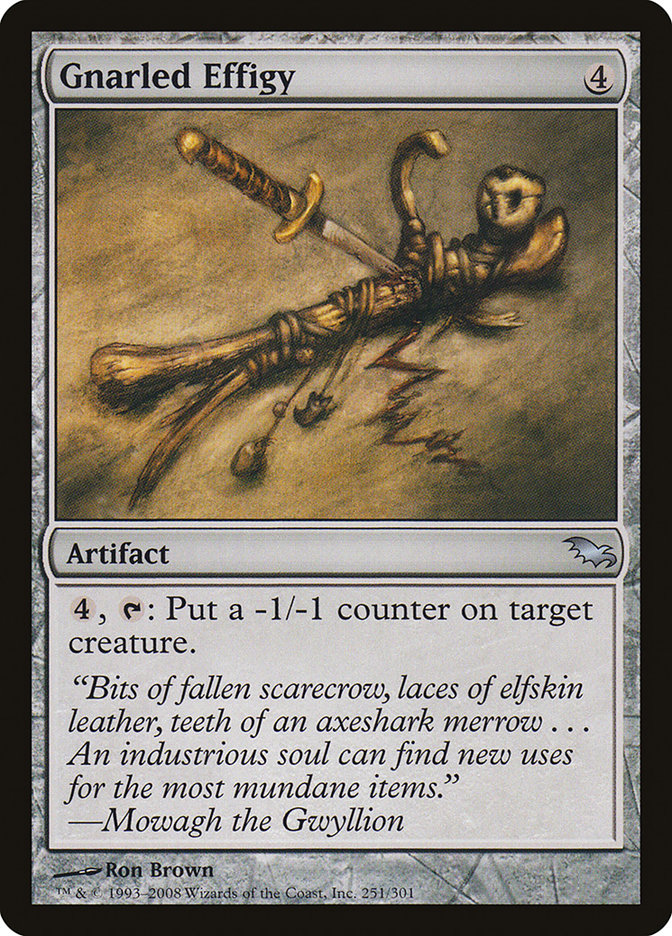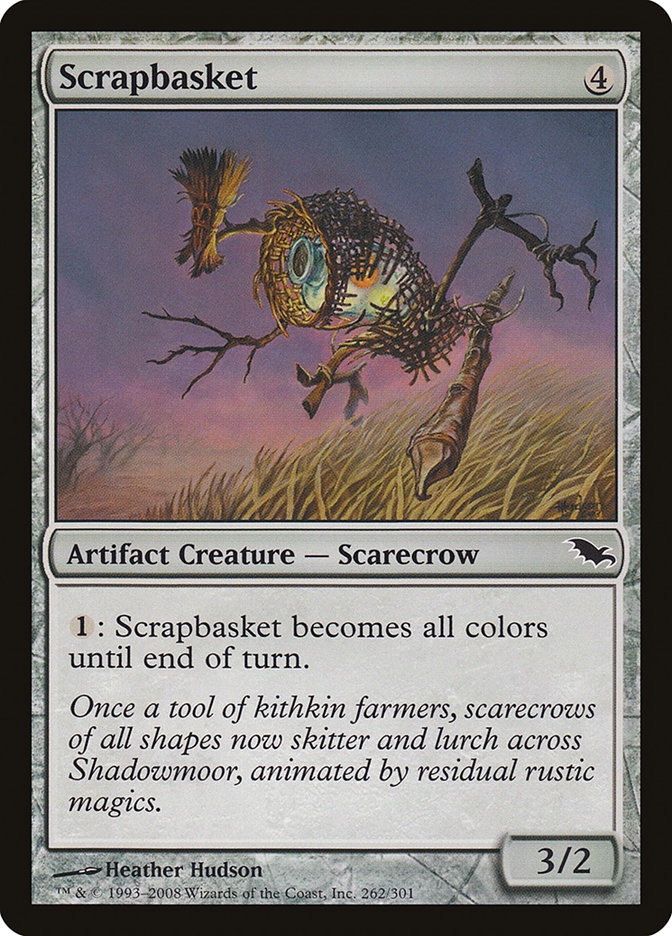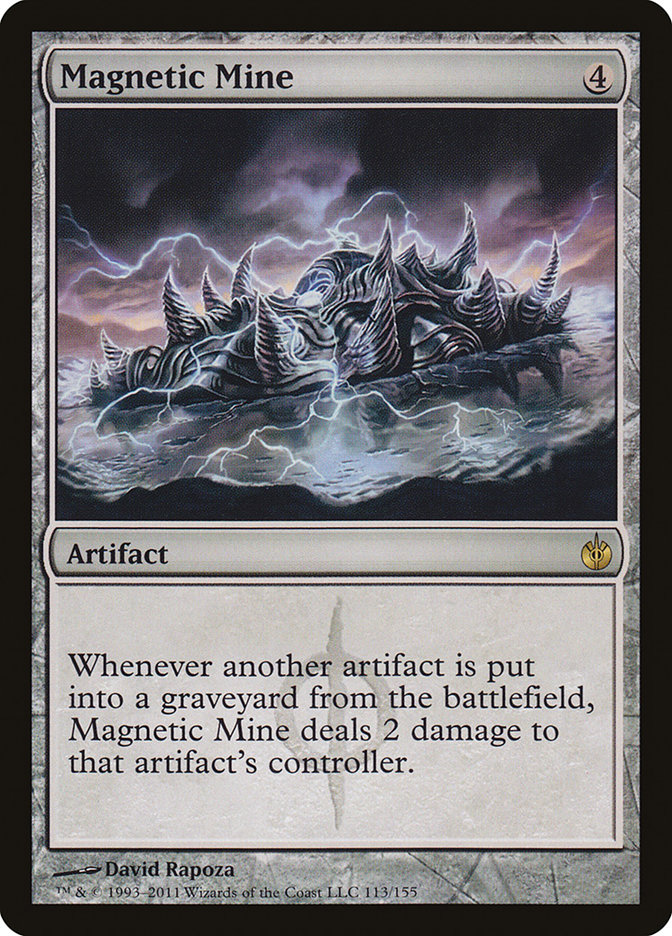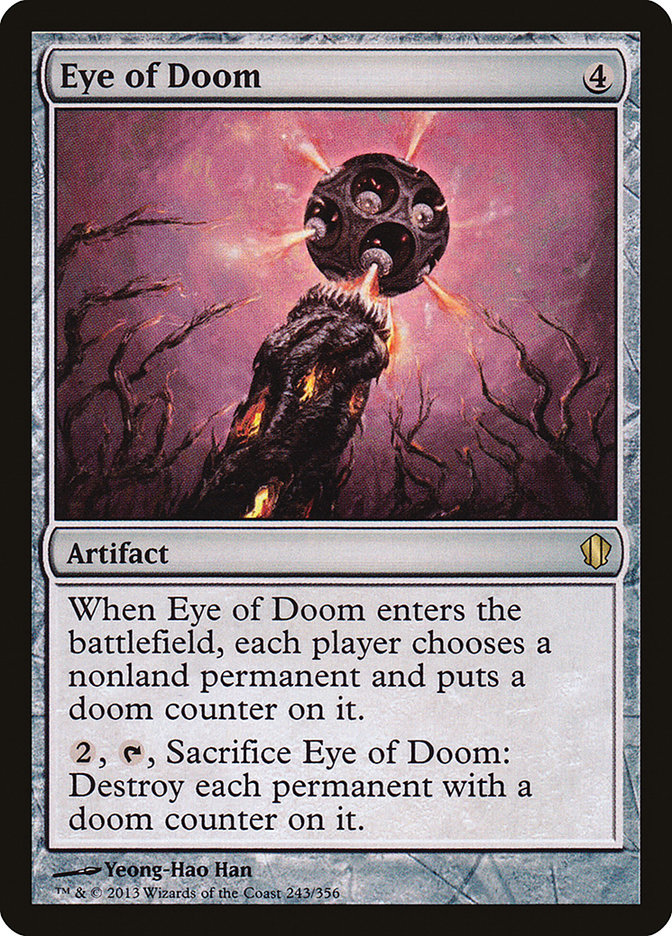Sentinel MTG Card
| Card sets | Released in 2 setsSee all |
| Mana cost | |
| Converted mana cost | 4 |
| Rarity | Rare |
| Type | Artifact Creature — Shapeshifter |
| Power | 1 |
| Toughness | 1 |
Text of card
The * in the lower right hand corner is 1 when cast. While blocking, you may choose to change * to equal one plus the power of target creature sentinel blocks this turn. While attacking, you may choose to change * to equal one plus the power of target creature that blocks Sentinel this turn.
Cards like Sentinel
The Sentinel card in MTG stands out for its capacity to protect players and offer vigilant control over the battlefield. It shares its essence with cards like Vigilant Sentry from the Time Spiral set, requiring the player to tap another creature to activate its ability. Though Sentinel provides a more passive form of defense, allowing players to maintain a solid frontline without compromising their offensive posture.
Another card that echoes Sentinel’s protective nature is Loyal Sentry from Masters 25. Both cards are excellent in handling incoming threats, yet Loyal Sentry offers a one-time defensive act that destroys the attacker, differing from Sentinel’s repeatable protective shield which does not inherently destroy the creature it defends against. Cards like Brave the Sands also resonate with the theme of defense, as it gives creatures vigilance and the ability to block additional creatures, enabling a similar strategy that Sentinel promotes in fortifying a player’s defenses.
In evaluating the utility and the strategic fit into various decks, Sentinel aligns well with cards that focus on defense and board control. It allows for a steady presence on the field and supports a style of play that prizes consistent protection and tactical advantage during the game.
Cards similar to Sentinel by color, type and mana cost
Card Pros
Card Advantage: Sentinel provides a strategic edge by enabling you to draw a card whenever a creature with a +1/+1 counter on it attacks. This constant flow of cards ensures you never run out of options.
Resource Acceleration: By allowing the untapping of lands or creatures during each player’s turn, Sentinel can effectively quicken your mana availability. This acceleration lets you deploy threats or hold up defenses faster than usual.
Instant Speed: The ability to activate its untapping effect at instant speed offers supreme flexibility. You can respond to your opponent’s moves by freeing up resources whenever it’s most advantageous, keeping you a step ahead.
Card Cons
Discard Requirement: Playing Sentinel involves a strategic decision, as it necessitates discarding a card. This condition might strain your hand, especially if you’re playing a deck that doesn’t replenish its resources quickly.
Specific Mana Cost: Sentinel comes with a color-specific mana requirement, which may not be easily met in multi-colored or colorless decks. Aligning your mana base to accommodate this can be challenging, particularly in formats with a diverse meta.
Comparatively High Mana Cost: Assessing Sentinel’s value becomes crucial as its mana cost is on the higher end of the spectrum for its effects. In competitive play where efficiency is key, you might find that other cards provide similar benefits without such a steep resource commitment.
Reasons to Include in Your Collection
Versatility: Sentinel offers flexibility in defense and can be a strategic asset to various deck types. Its ability to be vigilant while tapping makes it a solid choice for both aggressive and control strategies, ensuring your defense remains robust.
Combo Potential: Sentinel’s tapping mechanism can integrate seamlessly into combo decks, where untapping creatures or activating abilities are key. This can lead to powerful synergies and unexpected turns for opponents not prepared for such interactions.
Meta-Relevance: In a game where board presence and creature abilities are pivotal, Sentinel can hold its own. Its capability to influence the board without committing to an attack position keeps it relevant, especially in metas that favor creature-based strategies.
How to beat
The Sentinel card in Magic: The Gathering presents an intriguing challenge with its vigilant nature, allowing it to both attack and defend without tapping. To effectively counteract this advantage, players should consider utilizing removal spells that can bypass its vigilance. Targeting it with a direct damage spell or using a ‘destroy creature’ card are both viable tactics to remove Sentinel from the battlefield. Imposing a state-based effect, like shrinking its power and toughness can also neutralize it without triggering its abilities.
Moreover, tactics involving combat tricks or abilities that tap Sentinel before it can block may prevent it from using its full potential. It is also worth noting that enchantment-based removals, like Pacifism, prevent Sentinel from attacking while still tapping it during the attack phase. Given these strategies, despite the resilience of Sentinel, there are multiple ways to overcome the card with careful planning and precise action.
Remember, the key to triumphing over Sentinel lies in understanding its mechanics and selecting the right moment to take action. With the appropriate cards and timing, this seemingly formidable card can be effectively managed within the gameplay of Magic: The Gathering.
Where to buy
If you're looking to purchase Sentinel MTG card by a specific set like Legends and Chronicles, there are several reliable options to consider. One of the primary sources is your local game store, where you can often find booster packs, individual cards, and preconstructed decks from current and some past sets. They often offer the added benefit of a community where you can trade with other players.
For a broader inventory, particularly of older sets, online marketplaces like TCGPlayer, Card Kingdom and Card Market offer extensive selections and allow you to search for cards from specific sets. Larger e-commerce platforms like eBay and Amazon also have listings from various sellers, which can be a good place to look for sealed product and rare finds.
Additionally, Magic’s official site often has a store locator and retailer lists for finding Wizards of the Coast licensed products. Remember to check for authenticity and the condition of the cards when purchasing, especially from individual sellers on larger marketplaces.
Below is a list of some store websites where you can buy the Sentinel and other MTG cards:
 BUY NOW
BUY NOW BurnMana is an official partner of TCGPlayer
- eBay
- Card Kingdom
- Card Market
- Star City Games
- CoolStuffInc
- MTG Mint Card
- Hareruya
- Troll and Toad
- ABU Games
- Card Hoarder Magic Online
- MTGO Traders Magic Online
See MTG Products
Printings
The Sentinel Magic the Gathering card was released in 2 different sets between 1994-06-01 and 1995-07-01. Illustrated by Randy Asplund-Faith.
| # | Released | Name | Code | Symbol | Number | Frame | Layout | Border | Artist |
|---|---|---|---|---|---|---|---|---|---|
| 1 | 1994-06-01 | Legends | LEG | 294 | 1993 | Normal | Black | Randy Asplund-Faith | |
| 2 | 1995-07-01 | Chronicles | CHR | 107 | 1993 | Normal | White | Randy Asplund-Faith |
Legalities
Magic the Gathering formats where Sentinel has restrictions
| Format | Legality |
|---|---|
| Oldschool | Legal |
| Commander | Legal |
| Legacy | Legal |
| Oathbreaker | Legal |
| Premodern | Legal |
| Vintage | Legal |
| Duel | Legal |
| Predh | Legal |
Rules and information
The reference guide for Magic: The Gathering Sentinel card rulings provides official rulings, any errata issued, as well as a record of all the functional modifications that have occurred.
| Date | Text |
|---|---|
| 2009-10-01 | You apply power/toughness changing effects in a series of sublayers in the following order: (a) effects from characteristic-defining abilities; (b) effects that set power and/or toughness to a specific number or value; (c) effects that modify power and/or toughness but don’t set power and/or toughness to a specific number or value; (d) changes from counters; (e) effects that switch a creature’s power and toughness. This card’s effect is always applied in (b), which means that effects applied in sublayer (c), (d), or (e) will not be overwritten; they will be applied to the new value. |
